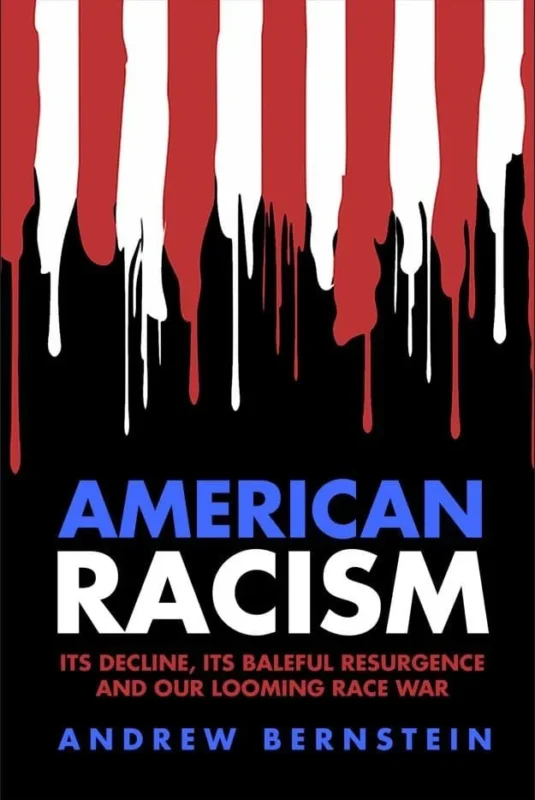The Fed’s surprise 50 basis point cut in the fed funds rate yesterday took the markets — and me — completely by surprise. And yet the stock market’s reaction was strangely muted. Don’t get me wrong: yesterday was great. But the rate cut probably didn’t have all that much to do with it. The post-cut action felt like little more than a linear continuation of the pre-cut action. In fact two thirds of yesterday’s gain in the NASDAQ and one third of yesterday’s gain in the Dow Jones Industrial Average came before the cut was announced.
Understanding why the cut was such a surprise is absolutely critical to grasping where monetary policy is going, and where it will move the economy — and why the markets reacted as they did.
That’s because for the last three weeks Federal Reserve Board Governors and regional Reserve Bank Presidents have fanned out far and wide across the land to tell us in speech after speech that the economy isn’t as bad as we think, and that rate cuts should be made in an orderly way — that is, at regularly scheduled Federal Open Market Committee meetings. Against the backdrop of a recovering stock market and a falling bond market, it was easy to believe them. The market was totally conditioned to expect a cut at the next FOMC meeting on May 15, and not before.
So why the bolt from the blue yesterday after all those speeches? There are three possible reasons — and if the stock market’s reaction to the cut was a little muted, it’s probably because it’s still trying to sort these reasons out.
First, it could be that the Fed has just now become aware of some cataclysmic piece of new economic data which has led them to suddenly change their mind. Indeed, the Fed’s press release yesterday said that “The FOMC has reviewed prospects for the economy in light of the information that has become available since its March meeting.” It cites both positive and negative developments. Among the baddies: “capital investment has continued to soften… persistent erosion in current and expected profitability… rising uncertainty about the business outlook… the possible effects of earlier reductions in equity wealth on consumption… the risk of slower growth abroad.” Surely there is nothing in this list that has emerged in just the last few days, after weeks of all those go-slow speeches by Fed officials.
Second, if it’s not new information that motivated the intermeeting cut, then perhaps the Fed is simply out of control. Perhaps all those speeches over the last three weeks were completely sincere. And then yesterday morning they just, well… woke up feeling differently about it!
Third — and I think by far the most likely — this surprise rate cut was the culmination of an elaborate sting operation, in which Alan Greenspan donned elaborate disguises to deliberately trick us into thinking there was no way in the world he would ever in a million years cut rates before the next FOMC meeting. And then — rip off the mask! — a surprise 50 basis point rate cut. Gotcha!
Why would Alan Greenspan go to such elaborate lengths to pull this stunt? Because perhaps he understands that what he must do to halt the deflationary spiral that has been gripping our economy and our markets is to inject a flood of liquidity into the system. And if his only tool for doing that is setting the fed funds rate, then only shock-therapy will do: rates have to be cut in big increments and when it’s not expected. Here’s why.
The whole reason the Fed cuts the fed funds rate is to create an incentive for its member banks to bid for more reserves, so they can make more loans (and at lower, more attractive rates). This effectively “creates money” in the banking system — that’s liquidity. But now suppose you are a bank, and you think that the Fed is going to lower rates aggressively in the near future. You wouldn’t bid for reserves today — you’d wait until the lower rates were put in place, and bid then. So instead of making more loans and creating liquidity, you’d make fewer loans while you were waiting — thus reducing liquidity!
Economist Jude Wanniski, of the political and economics consulting firm Polyconomics, makes a great analogy that really helps to understand how this paradox works. Wanniski says, suppose the government wanted to get everyone to buy more gasoline — to create more gasoline “liquidity” in the system. If they announced that a new law would be imposed next week that would cut the price of gas by 50%, you’d run as close to empty as you could, and you’d delay any big road trips. Why buy any gas today when it will be half-price tomorrow, if you just wait? So, gas buying would drop dramatically: exactly the opposite of the government’s intention.
This paradox can trap the Fed in a vicious cycle, in which no amount of rate cuts are ever quite enough. David Gitlitz, president and chief economist of DG Capital Advisers (who’s also a member of the MetaMarkets Think Tank), was the first to identify the dynamics of this vicious cycle. In fact some people in the Fed-watching trade call it “the Gitlitz treadmill.” The only way off the treadmill is to keep ’em guessing. And if you don’t get off the treadmill, then you’ve got a Japan scenario on your hands, where rates have been at zero for four years and their collapsed economy still can’t recover.
Over the next few weeks we’ll have the opportunity to see if the Fed’s surprise cut was big enough and surprising enough to get us all off the treadmill.. I’ll be watching the price of gold, to see if it continues to stabilize and move upward, back toward 300. I’ll be watching the dollar on foreign exchange markets, to see if it stops appreciating against most foreign currencies. And I’ll be watching the yield curve, to see if the whole curve can lift itself up above the fed funds rate and stay there, where it belongs.
In the meantime, the market will be driven by its own dynamics. We’ve got a red-hot bear market rally on our hands, driven by a raft of beat-by-a-penny sandbaggers and I-really-mean-it-this-time guide-downs — plus a healthy dose of short-covering. But if the Fed’s strategy doesn’t work, then a bear market rally is all it will ever be.









